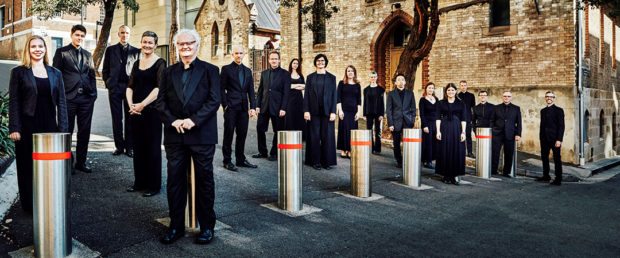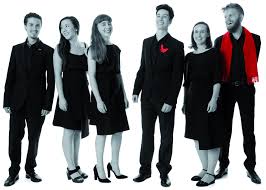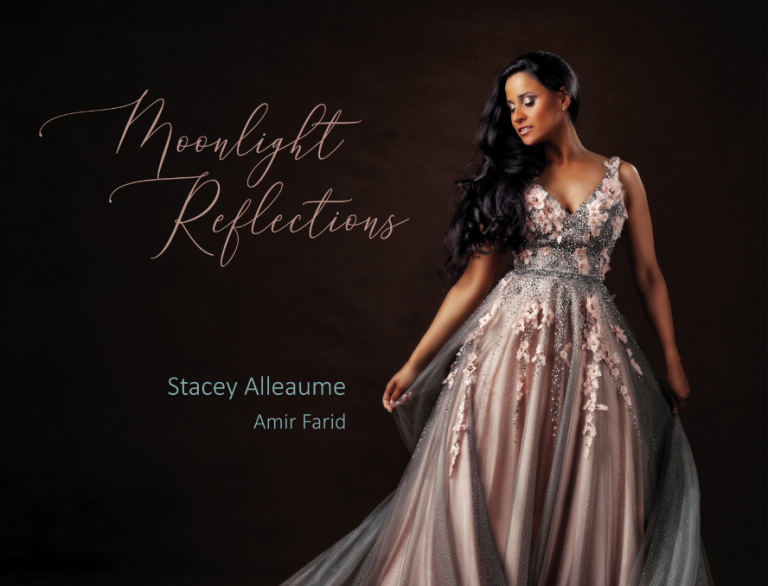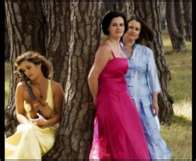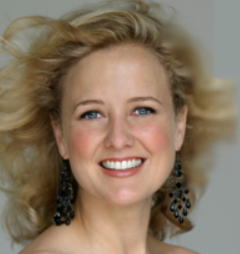Concert Review: German Romantics/ Sydney Chamber Choir
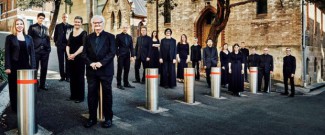
German Romantics
Sydney Chamber Choir conducted by Sam Allchurch
Great Hall, Sydney University
April 8, 2017
When the Sydney Chamber Choir stepped up to the platform of Sydney University’s Great Hall last weekend to perform German Romantics, there was a new face at the helm. Emerging young conductor Sam Allchurch led the ensemble in a guest role in this brilliantly curated anthology.
It was an exceptional performance, complemented by pianist Jem Harding accompanying the choir and also contributing a solo of his own. Having attended numerous fine concerts by the Sydney Chamber Choir and chronicled many, I would boldly claim that Allchurch drew from the choir a speckless sound infused with colours and tones that took the ensemble into a ravishing new soundscape.
The repertoire chosen by Allchurch spanned nearly seven decades from 1843 to 1907, featuring choral works by Mendelssohn, Schubert, Herzogenberg, Brahms, Bruckner, Rheinberger and Schoenberg performed in roughly chronological order. To describe the writing style in traditional terms as ‘Romantic’ is almost a simplification because so much of the writing harks back to Renaissance and Baroque devices, rich in counterpoint and modal writing. In pre-concert interviews and in the pre-concert talk, Allchurch emphasised not just the unbridled ardour of this music but also its rigorous intellectual foundations and his intention to connect the two.
The repertoire at first glance demanded that the choir perform in the rich textured style of the Romantic era. But wait, there’s more – it also asked for unshakeable intonation as required by the a capella writing complicated by jaggedly chromatic harmonies and the ability to perform complex counterpoint, observing the wax and wane of subject and counter-subject, canon, stretto and modal melodies. The choir met these challenges with aplomb and with a notable sense of ensemble. Many choirs can sing loud and soft and sing together but the distinguishing feature of a fine choir is the cohesion with which it achieves the style of the music and the synchronicity with which it achieves dynamic variation, tonal colours, phrasing, articulation and diction. This is what the Sydney Chamber Choir, directed by Allchurch, thrilled us with in this programme
Sam Allchurch’s conducting style was mathematically rigourous, unobtrusive and wonderfully expressive. Having seen him conduct the Sydney Children’s Choir in London during its 2013 European tour, at the time that he was undertaking post-graduate studies at the University of Cambridge, it is gratifying to see how he has grown in this role since then.
Opening the performance was Mendelssohn’s setting of Psalm 43 Richte mich, Gott opus 78 (1843). Sombre in its opening pleas by the male voices in unison, the choir broke into a radiantly luminously onomatopoeic Sende dein Licht with the promise of redemption. Denn er hat seinen Engeln the 8-part motet integrated into Mendelssohn’s Elijah showcased the voice parts of the choir with Harding playing a piano reduction of the orchestral parts, followed by an ethereal performance with piano by the female voices of Schubert’s 4-part setting of Psalm 23, Gott ist mein Hirt.
Jem Harding’s virtuosic rendition of Mendelssohn’s Rondo capriccioso opus 14, demonstrated that he is able to take centre-stage as well as he is able to perform in a supporting role. The Rondo capriccioso is a technically demanding work full of contrasts with its opening Andante followed by a Presto, replete with featherlight passages, pondering chords, rapid semiquaver thirds and wistful melodies culminating in a flashy explosion of syncopated double octaves. Hearing it brought back for me, anguished memories of preparing this piece for examination. Harding played with consummate ease, maintaining the rhythmic drive throughout the many moods of this exemplar.
Two choral works by the Austrian composer Heinrich von Herzogenberg, Meine Seele erhebt den Herrn and Heilig ist Gott, both from opus 81, featured in the two halves of the programme. Herzogenberg was a lifelong friend of Brahms and like Brahms, was influenced heavily by Bach. Heilig ist Gott was particularly impressive, supremely controlled and evocative of the Renaissance style.
The motet Warum (ist das Licht gegeben dem Müseligen)? from opus 74 has been described as one of Brahms’ most powerful unaccompanied choral works. Tellingly, Brahms dedicated his opus 74 to the general editor of the Complete Bach Edition, which was published during his lifetime. In four movements, and in 3 and 6 parts, the choir drew a lush Romantic aesthetic over the underlying elements of a more intellectual asceticism with its Lutheran influences and Baroque inventions. They closed the first half with a gently joyful rendition of the chorus from Brahms’ German Requiem, Wie lieblich sind deine Wohnungen.
There was more Brahms in the second half of the programme with the complex motet Schaffe in mir, Gott, from opus 29 and Geistliches Lied, opus 30 with Rheinberger’s Ich liebe, weil erhöret der Herr from opus 40. Meeting the challenge of two supreme exercises in interpretation, pitch, harmonic intricacy and range, the ensemble bookended this half of the concert with Bruckner’s Christus factus est and Schoenberg’s Friede auf Erden opus 13, whose harmonic complexity Allchurch compared with one of the most vexing questions of our time – that of global peace.
We can but hope that Sam Allchurch will be invited back for more collaborations with the Sydney Chamber Choir. There is a sense that this collaboration has great potential for each.
Shamistha de Soysa for SoundsLikeSydney©
The Sydney Chamber Choir’s next concert, ‘St Nicholas’ is in July, conducted by its Artistic Director, Richard Gill, with tenor Richard Butler and the NSW Public School Senior singers. The programme takes its title from Britten’s eponymous work and includes JS Bach’s motet ‘Fürchte Dich Nicht’, Buxtehude’s ‘Magnificat’ and selections by Hildegard von Bingen.

